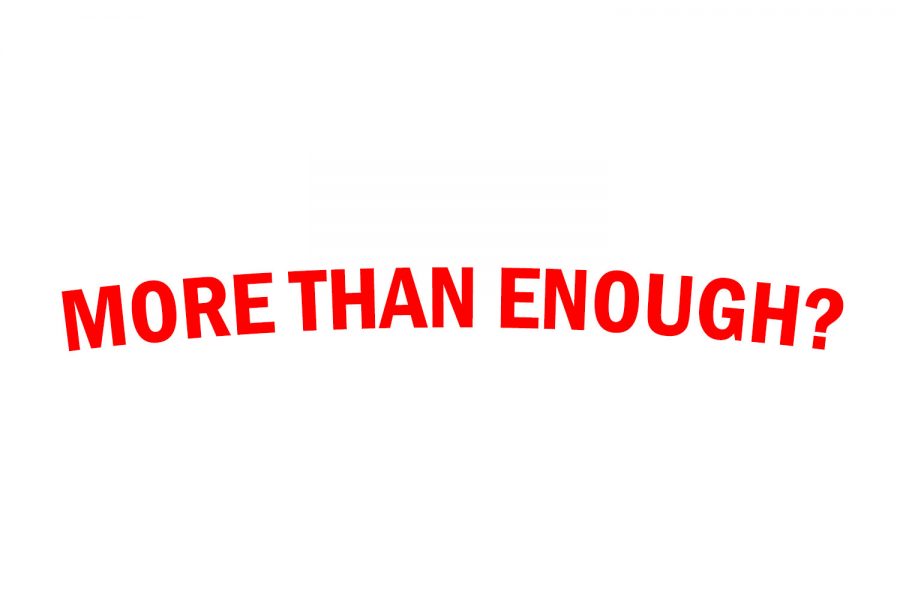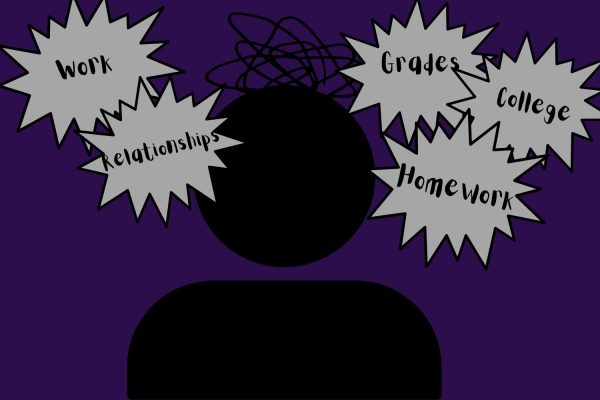Streaming service conundrum
Influx in media providers results in both positive, negative consequences
Streaming services are becoming more and more popular, offering a wide range of choices to consumers.
When streaming services were first introduced, they were few and far between, despite being widely enjoyed. They were a new, innovative way to watch television and movies from a large selection, without ever having to leave the home. While this remains true today, a massive influx in the number of services are now, or will soon be, available to the public.
Apple TV and Disney+ are set to release this fall, NBCUniversal at the beginning of 2020, and HBO Max in the spring of 2020. These will add to the multitude of services available in the United States and to a rapidly expanding field. This ever-growing trend has both advantages and major flaws, particularly pertaining to cost, efficiency and content that is unique to a particular platform.
The price of a single streaming service vastly outweighs paying for cable, however, juggling multiple subscriptions, as consumers will be encouraged to do as the fragmentation continues, quickly adds up. Netflix alone costs $12 a month. The prices that would be paid over a year for many subscriptions are simply unrealistic for a majority of audiences.
There is a saving grace for this predicament, however. Many of these streaming services, both old and new, offer bundles to help manage the heavy price of paying for multiple subscriptions. For instance, a Disney+, Hulu and ESPN+ bundle can be purchased for $12.99 a month. As long as viewers take advantage of these offers, the overall cost can be manageable.
Also, with new streaming services, new shows will inevitably come with them. These companies must keep their viewers engaged and willing to continue paying for their service, and exclusive content is the easiest way to do so. The excess of these shows, while some may be entertaining, could affect the quality of them. Netflix is quite popular for its original programs, but the shows are also famously controversial. Netflix has an impressively large budget which is only put to use half of the time. “Stranger Things” was a success and a great example of what makes a return customer, however, many, many originals have not accomplished nearly that.
The push to create new content, whether it be good or bad, will undoubtedly affect more than just Netflix. However, the growth of this competition could also spurn a drive to produce more unique and intriguing content, hopefully improving the film industry in a small way.
The pros and cons of streaming services is truly a conundrum. While variety can be overwhelming and confusing, it also puts the consumer’s viewing experience exactly where it should be, in the hands of the consumer. Audiences have the option to choose what they want and what they prioritize.
Hulu is admirably cheap and has a wide selection of current television but at the cost of watching several ads throughout the stream and sifting through a poorly designed interface. Netflix has a revolutionary recommendation system, but many of the shows suggested will be off the platform in a few months. HBO is expensive, Amazon Video uses its Prime membership to reserve certain titles, the list goes on and on.
In short, those concerned about choosing between the various services must prioritize cost, prominent titles, original titles, and mechanics of the service itself or be willing to pay the consequences, quite literally.

Hi there! My name is Claire Meyer. I am a senior, making this my third year on staff and first as editor-in-chief. When I'm not editing stories in the newsroom, I can be found working at United. In my free time, I enjoy both drawing and writing fiction...










